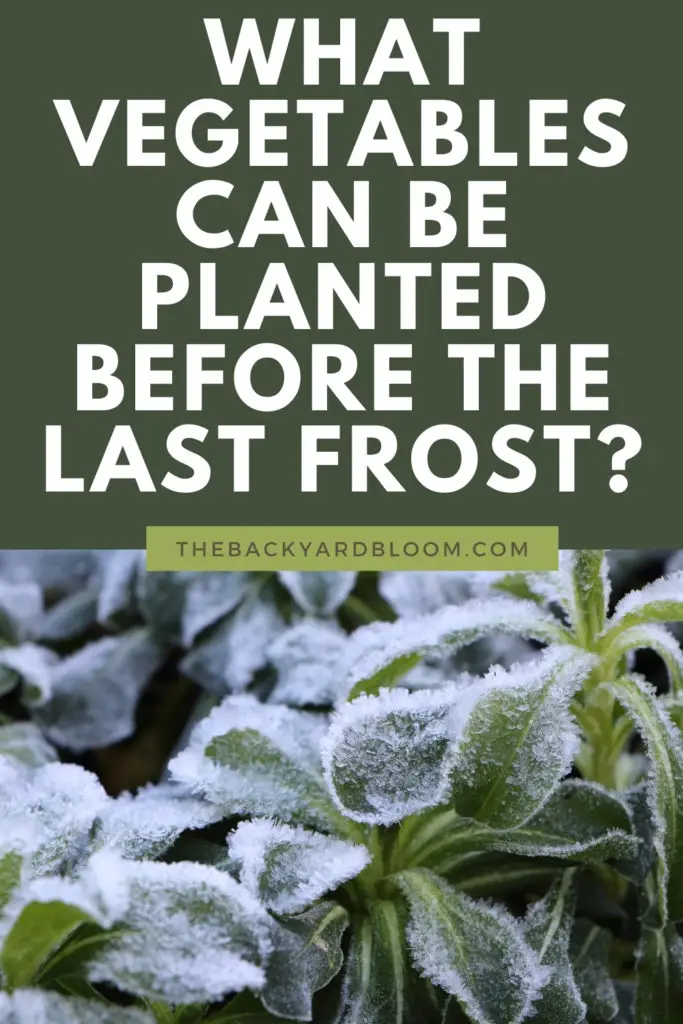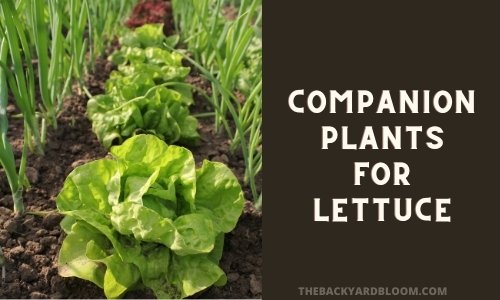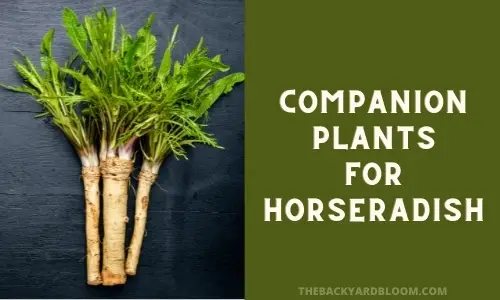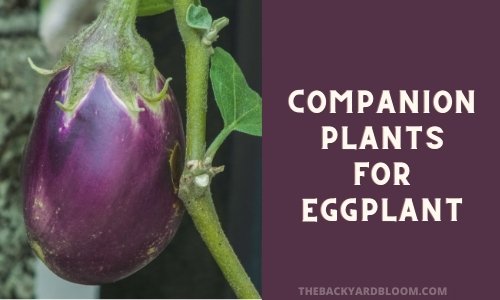Please note that this post may contain affiliate links. You can read my full affiliate disclosure at the bottom of the page.
When the first signs of spring start showing many gardeners want to get started on planting crops in their garden. But more often than not winter comes back and reminds us we still need to wait for the warmer growing season to get here. Just about every year we get a random frost even in late May here in the Shenandoah Valley that threatens our garden crops. But there are some crops that you can plant at this time of year depending on what zone you are in. They are cool-season crops, vegetables that can be planted before the last frost as long as the soil is workable.
Many of these crops can be planted again in the fall for a second cool growing season, giving you two harvests each year.
When you plant your cool weather crops you will be planting these from seed. Many of them require cool weather to germinate and grow. On some, especially the leafy greens, frost is even said to help improve their flavor.
You will also want to be sure you are allowing enough time when planting in the spring for them to go through their full life cycle before the weather gets too warm. And the same in the fall before the weather gets too cold.
How To Find Your Last Frost Date
Some of these vegetables can be planted weeks or even months before your last frost. Check your seed packages to see when they should be planted.
To find out when the last frost for your area will be you can go to Dave’s Garden to find out what date that is for your location on average.
Vegetables That Can Be Planted Before The Last Frost
- Arugula
- Asparagus
- Beets
- Broccoli
- Brussels sprouts
- Cabbage
- Celery
- Carrots
- Cauliflower
- Chives
- Collard Greens
- Dill
- Garlic
- Horseradish
- Kale
- Kohlrabi
- Leeks
- Lettuce
- Onions
- Parsnips
- Peas
- Radishes
- Rhubarb
- Spinach
- Swiss Chard
- Turnips
Arugula
You can start growing arugula when the daytime temperatures start going above 40°F. Arugula can survive with temperatures dipping down to
Asparagus
Asparagus is a cool-season crop that is a perennial. This way once you plant it you will keep getting harvests for years to come in the same season.
Beets
Beets can withstand temperatures that drop down to 20°F.
Usually, these are planted several weeks before your last frost date.
You can plant these in the fall too.
Broccoli
Broccoli can be planted in the cool season. It can tolerate temperatures down to 26°F with only some damage to the leaves.
Once the temperature gets warmer, around 80°F, broccoli will bolt.
Brussels sprouts
These are actually a seed that you will want to start indoors as opposed to the others that you plant outdoors. Plant the seeds indoors about 1 month before your last frost date, then transfer outside once the soil temperatures are over 45°F.
Even though these need higher soil temperatures than the other crops listed here, Brussels sprouts are still frost tolerant. They can tolerate freezes for a short period of time.
This can be very helpful when you live in a place that spring temperatures seem to yoyo and you have surprise frosts when you aren’t expecting it.
Cabbage
Cabbage can tolerate temperatures that go down to 20°F. They are frost tolerant, but it can help when temperatures go well below freezing to cover them to help protect the foliage from burning.
Cabbage is another crop that can be grown in the early spring and again in the fall.
If cabbage is in soil that drops below 45°F for long periods of time it can cause it to bolt.
Celery
Celery is one of the cool weather crops that is a bit more delicate.
It can tolerate a light frost, but it does not do well with frost that happens often.
This is best to plant when you are nearing the end of your last frost date and might have a random frost happen after your last frost date.
Carrots
This crop is good for the springtime when random freezes can happen. Carrots can withstand temperatures that go down to 15°F.
However, they don’t do well when there are long periods of very cold weather.
Cauliflower
Like Brocolli, Cauliflower can go down to 26°F with only minor damage to the leaves.
Below 26°F and the plant could die if the temperature has been going back and forth between warm and cold.
Chives
Chives are a very good crop for colder temperatures.
They are perennial that will go dormant in the winter, but in early spring they will get beautiful purple blooms.
Collard Greens
Collard Greens are one of the most frost-resistant varieties of leafy greens that are grown in home gardens.
Dill
Dill can withstand temperatures down to 25°F.
Garlic
Garlic is one of the hardiest cold-tolerant crops. It can survive temperatures of -30°F.
But the timing of the planting is important for it to be able to withstand those very low temperatures.
Horseradish
Horseradish is another perennial crop that can be planted before the last frost.
Kale
Kale can withstand temperatures all the way down to 10°F.
Frost is said to help improve the flavor, adding some sweetness to the taste.
Kohlrabi
Kohlrabi is a cool-weather crop that does not do well once the temperatures get higher in the summer.
This crop grows best when the temperatures are between 40°F and 75°F. And it is able to withstand frosts.
You can also plant this in the late summer to get a winter harvest too.
Leeks
Leeks can tolerate frost and by mounding mulch around them you can protect them from prolonged colder temperatures.
They can be a great fall crop, but springtime can be an issue because when they are young they don’t respond well to cold temperatures.
Lettuce
Lettuce can tolerate cold temperatures, as long as it is for short periods of time. Colder temperatures will slow the growth of lettuce.
For frost-resistant lettuce, you should plant romaine or butterhead lettuces.
It is still a good idea to cover your lettuce if there is a prediction of frost.
Onions
Onions are some of the most cold-resistant crops I have ever planted.
They will keep going and growing through frosts, freezes, and snow.
When they are very young however it is still good to try to protect them with mulch, pine needles, or straw at least 2 inches deep.
Parsnips
Parsnips are a great early spring crop. They are able to tolerate freezing temperatures throughout their growing cycle.
Peas
Peas are a well-known cool weather crop.
They can tolerate temperatures to 28°F. Between 20°F and 28°F they might suffer some damage but will survive.
Radishes
These are able to withstand frosts and freezes. In addition to that bonus, they are also a very fast-growing garden crop that you can harvest in as little as 3 weeks.
Rhubarb
Rhubarb is able to live through temperatures down to 24°F.
Below 24°F, the plant could have issues.
Spinach
This is a crop that can be planted in spring and again in the fall.
Spinach is able to tolerate temperatures that drop down to 15°F.
Once temperatures go over 80°F spinach will start to bolt.
Swiss Chard
Swiss Chard is a crop that can tolerate frosts.
It can be grown in the early spring and again in the fall.
Turnips
Turnips can be planted in the springtime 2 to 4 weeks before your last frost date.
For a fall crop plant them from August to October. And turnips make a great border crop to be used in companion planting, especially for other cool-weather crops like Brassicas.
Turnips grow best in temperatures between 40°F to 75°F and should be harvested before the temperatures start rising above the 75 °F mark.
They can withstand light frosts but not heavy frosts.



